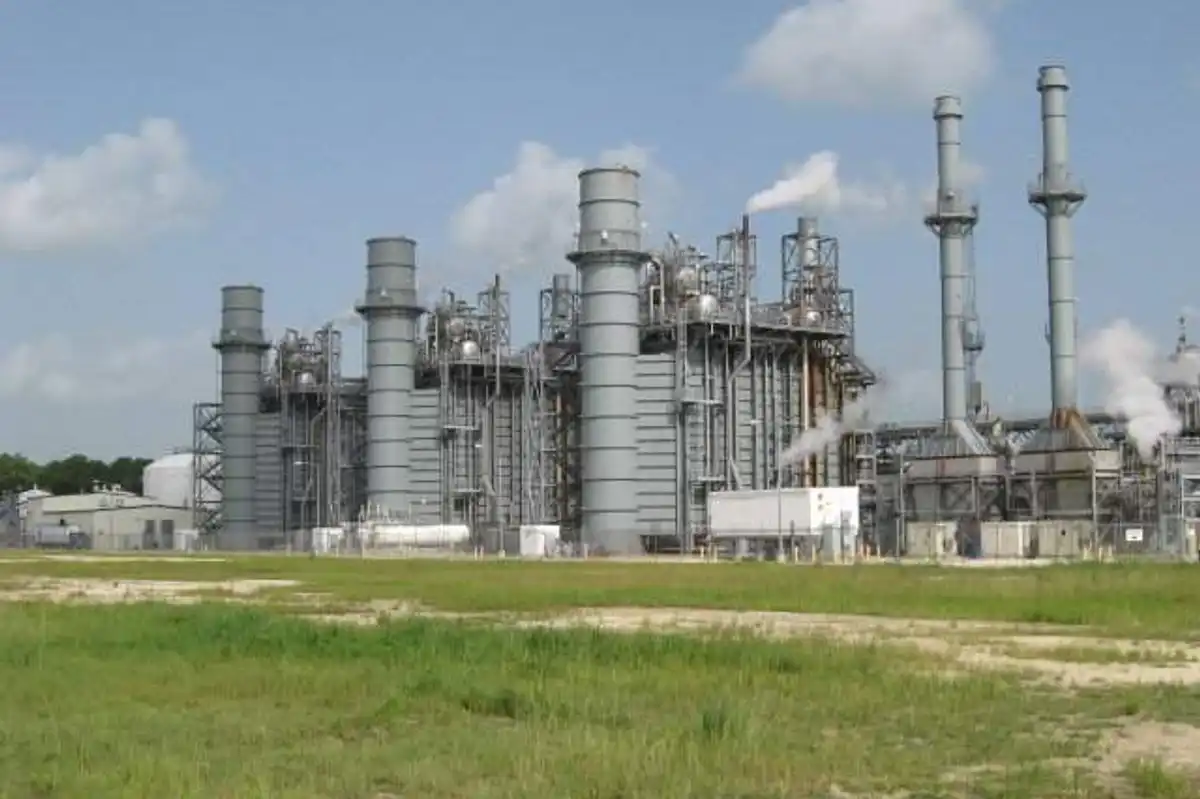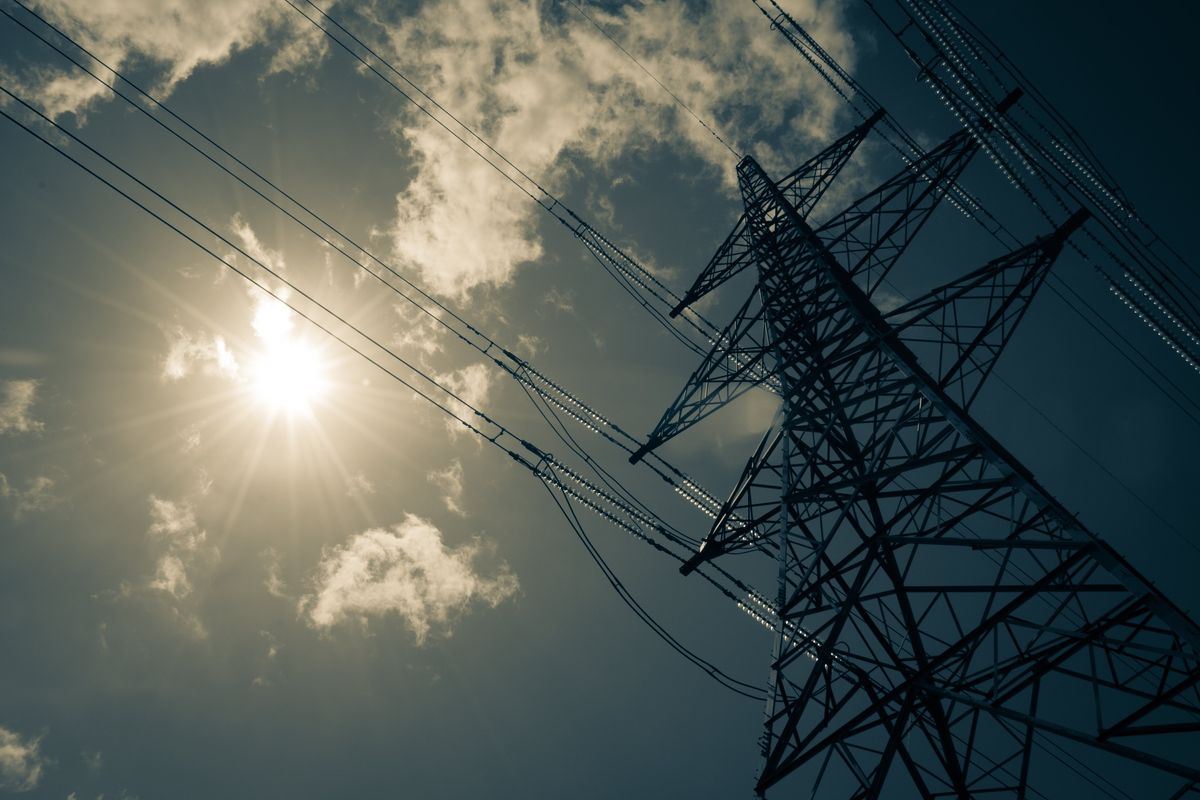Three rising stars in the energy sector who are graduate students at the University of Houston have been chosen for a prestigious U.S. Department of Energy research program.
UH doctoral candidates Caleb Broodo, Leonard Jiang, and Farzana Likhi, are among 86 students from 31 states who were selected for the Office of Science Graduate Student Research program, which provides training at Department of Energy (DOE) labs.
“This recognition is a testament to their hard work and dedication to pushing the boundaries of science, and to our commitment to fostering excellence in research and innovation,” Sarah Larsen, vice provost and dean of the UH’s graduate school, says in a news release.
The DOE program allows graduate students to work on research projects that address national and international energy, environmental, and nuclear challenges.
The program “is a unique opportunity for graduate students to complete their Ph.D. training with teams of world-class experts aiming to answer some of the most challenging problems in fundamental science,” says Harriet Kung, acting director of DOE’s Office of Science. “Gaining access to cutting-edge tools for scientific discovery at DOE national laboratories will be instrumental in preparing the next generation of scientific leaders.”
Here’s a rundown of the UH trio’s involvement in the DOE program:
- Broodo, a second-year Ph.D. candidate whose research focuses on heavy ion nuclear physics, will work at Brookhaven National Laboratory in New York.
- Jiang, a third-year Ph.D. candidate in materials science and engineering, will head to Argonne National Laboratory in Illinois to research electrochemistry.
- Likhi, a fourth-year Ph.D. candidate in the materials science and engineering program, will conduct research on microelectronics at Oak Ridge Laboratory in Tennessee.











